Description
366th TFW Patch – With Hook and Loop
Enjoy this 366th TFW Patch that is beautifully embroidered and will be the perfect patch to display or wear! This reproduction patch will look great in a shadow box, flight suit or jacket.
- 3.5″
- Hook and Loop/Embroidered
- US Veteran Aviator Owned Business
Da Nang Air Base
The 366th TFW moved to Da Nang AB, Republic of Vietnam and regained the 390th FS on 1 October 1966, becoming the host unit at the larger, sprawling base that accommodated Army, Navy, Marine and Air Force units. The squadrons assigned to the wing at Da Nang were:
389th Tactical Fighter Squadron (F-4C/D)
390th Tactical Fighter Squadron (F-4C/D)
480th Tactical Fighter Squadron (F-4C/D)[citation needed]
In addition to the F-4 squadrons, the 64th Fighter-Interceptor Squadron from Clark Air Base, Philippines rotated F-102 Delta Dagger interceptors to the base from Clark, providing air defense of the facility from any North Vietnamese MiGs. The 64th was actually an Air Defense Command unit from Paine Field, Washington which had been deployed to Clark to provide air defense over several major USAF bases in South Vietnam.[citation needed]The mission of the 366th at Da Nang was to support Operation Rolling Thunder; the tactical bombing of enemy targets in North Vietnam by destroying any North Vietnamese Aircraft that would attack the F-105 Thunderchief fighter-bombers carrying out tactical bombing missions. On a typical mission over the North, the F-4Cs from the 366th would carry four AIM-7D/E Sparrows, four AIM-9B/D Sidewinders, and a load of eight 750-pound bombs for bombing operations. At first, the bombs were dropped from medium or high-altitudes, but as SAMs became more dangerous, a shift was made to lower altitudes. Unfortunately, this technique also exposed the aircraft to small-arms fire from the ground[citation needed]
While at Da Nang, aircrews complained that they were missing many opportunities to shoot down enemy MiGs because the F-4C lacked an internal cannon and its missiles were ineffective at short ranges. So, wing maintainers mounted an external 20-millimeter SUU-16/A Gatling gun pod on the F-4Cs, and in less than a month the wing’s aircrews had scored four MiG kills. The gun pod innovation and the MiG kills that followed earned the wing the nickname it carries today, the “Gunfighters.” During this period, the wing earned a Presidential Unit Citation for shooting down 11 enemy aircraft in a three-month period.[citation needed]
By May 1968, the wing had upgraded to the F-4D aircraft.[citation needed] The “Stormy” FAC effort was begun at Da Nang so that the FACs could be co-located with Wing Intelligence.[5] Two of the wing’s pilots began training for forward air control (FAC) duties on 12 August 1968. Other volunteers followed, as FAC missions into North Vietnam’s Route Package 1 began on 2 September. The “Stormies” flew two sorties per day of armed reconnaissance along North Vietnamese roads. On 24 October 1968, they began night operations against the Ho Chi Minh Trail. During this short-lived effort, there were six near midair collisions during the first eight missions. Seventh Air Force then held the night FAC missions in abeyance until April 1969. When “Stormy” night ops resumed, it was with use of the Starlight Scope to spot targets, and with support from “Blindbat” and “Candlestick” flareships. In May 1969, the “Stormy” FAC mission requirement was bumped from two to three sorties daily, and their numbers augmented to ten pilots.[6]
In 1969, two additional squadrons of F-4Es (4th TFS w/ tail code “LA” & 421st TFS w/ tail code “LC”) joined the wing. After this, the F-4Ds assumed forward air control duties, while the more advanced F-4Es concentrated on aircraft escort duties and conducted ground attack missions.[citation needed] The “Stormy” FACs were the principal forward air control for the Cambodian Incursion of 1970.[7] By November 1971, the 366th was the only United States tactical fighter wing still stationed in Vietnam.[citation needed]
Between 1966 and 1972, the Gunfighters logged 18 confirmed MiG kills in Vietnam. Upon the wing’s return to the United States in October 1972, Captain Lance P. Sijan, a 366th pilot shot down in 1967, was posthumously awarded the Medal of Honor for his actions as a prisoner of war.[citation needed]
Beginning in May 1972, the forces of the USAF were drawn down at Da Nang. On 30 June 1972, the 366th TFW was inactivated at Da Nang Air Base, being activated at Takhli Royal Thai Air Force Base, Thailand the same day.[citation needed]
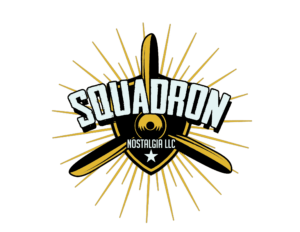
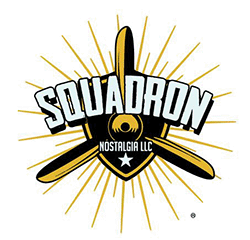

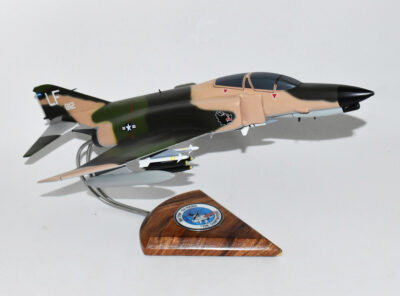
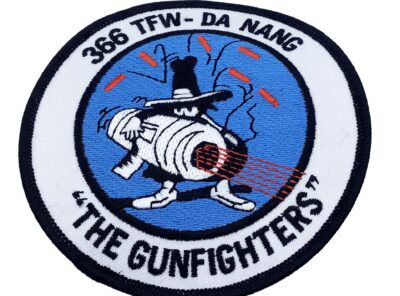
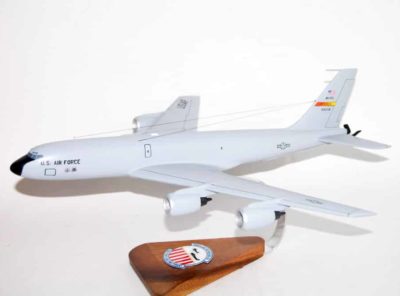
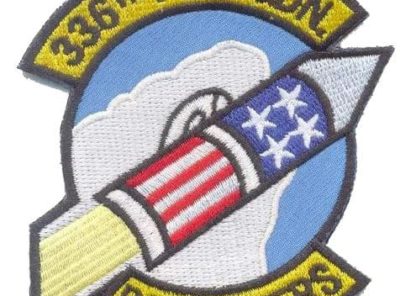
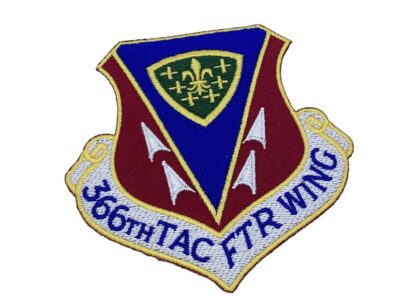
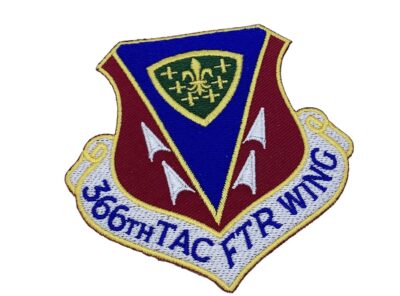
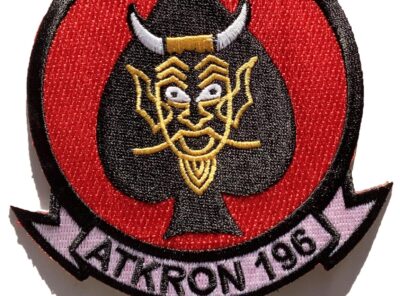
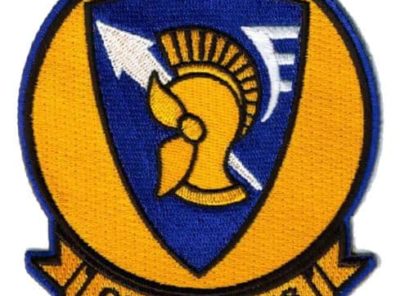

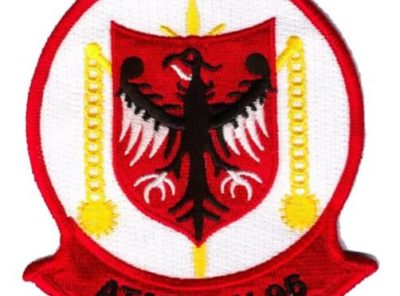
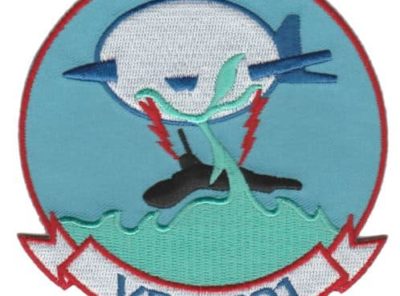
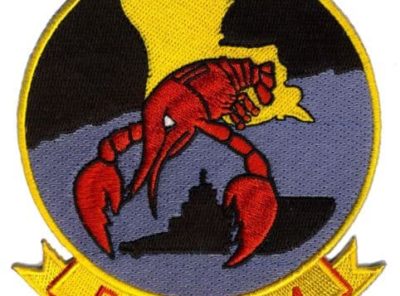
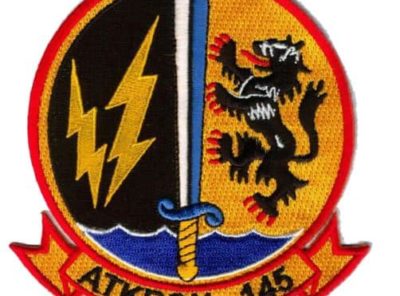
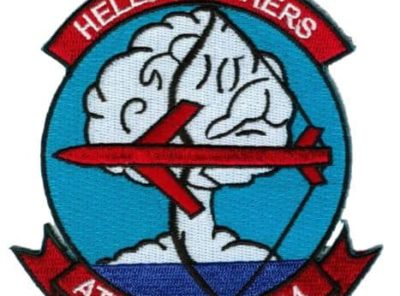
Reviews
There are no reviews yet.